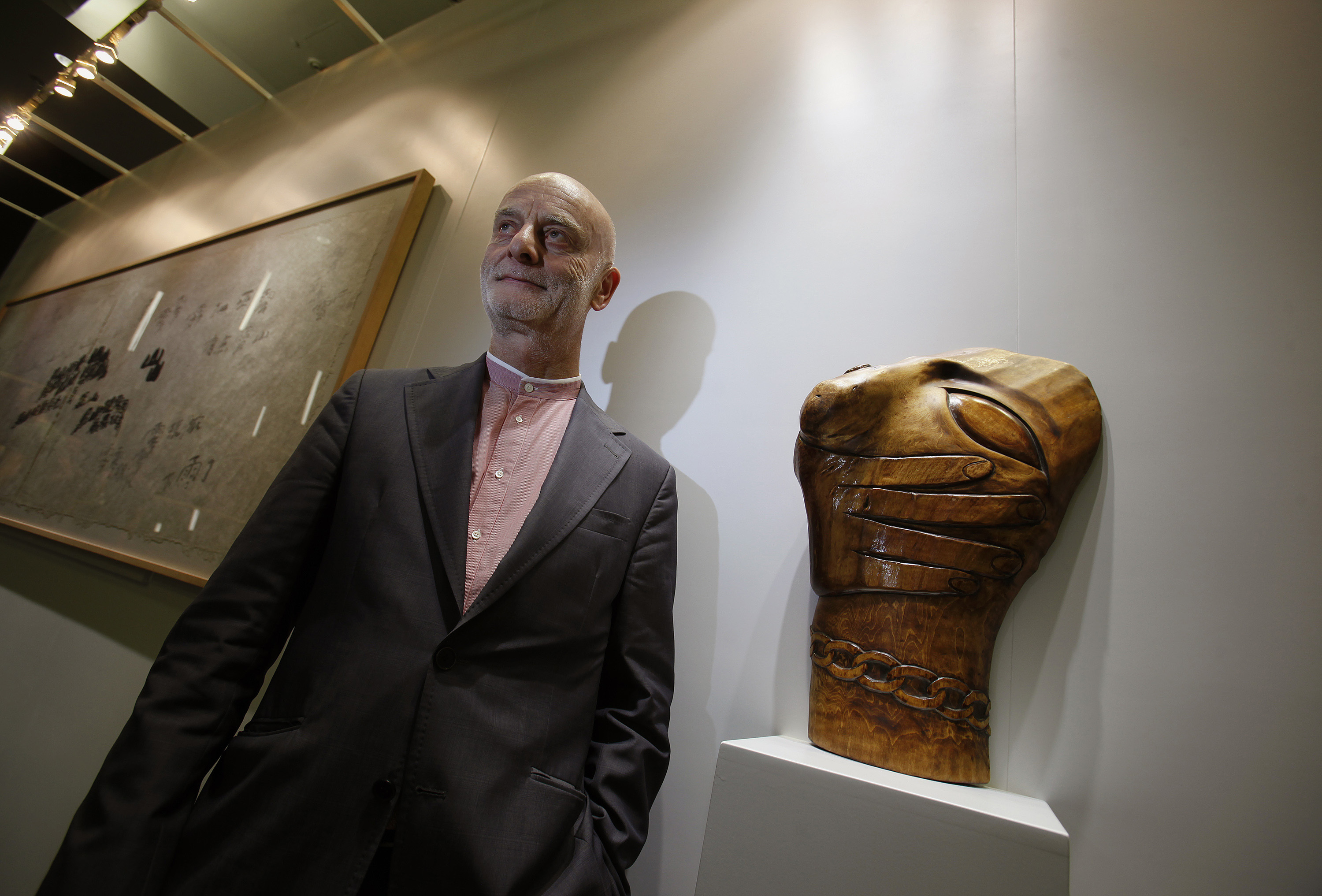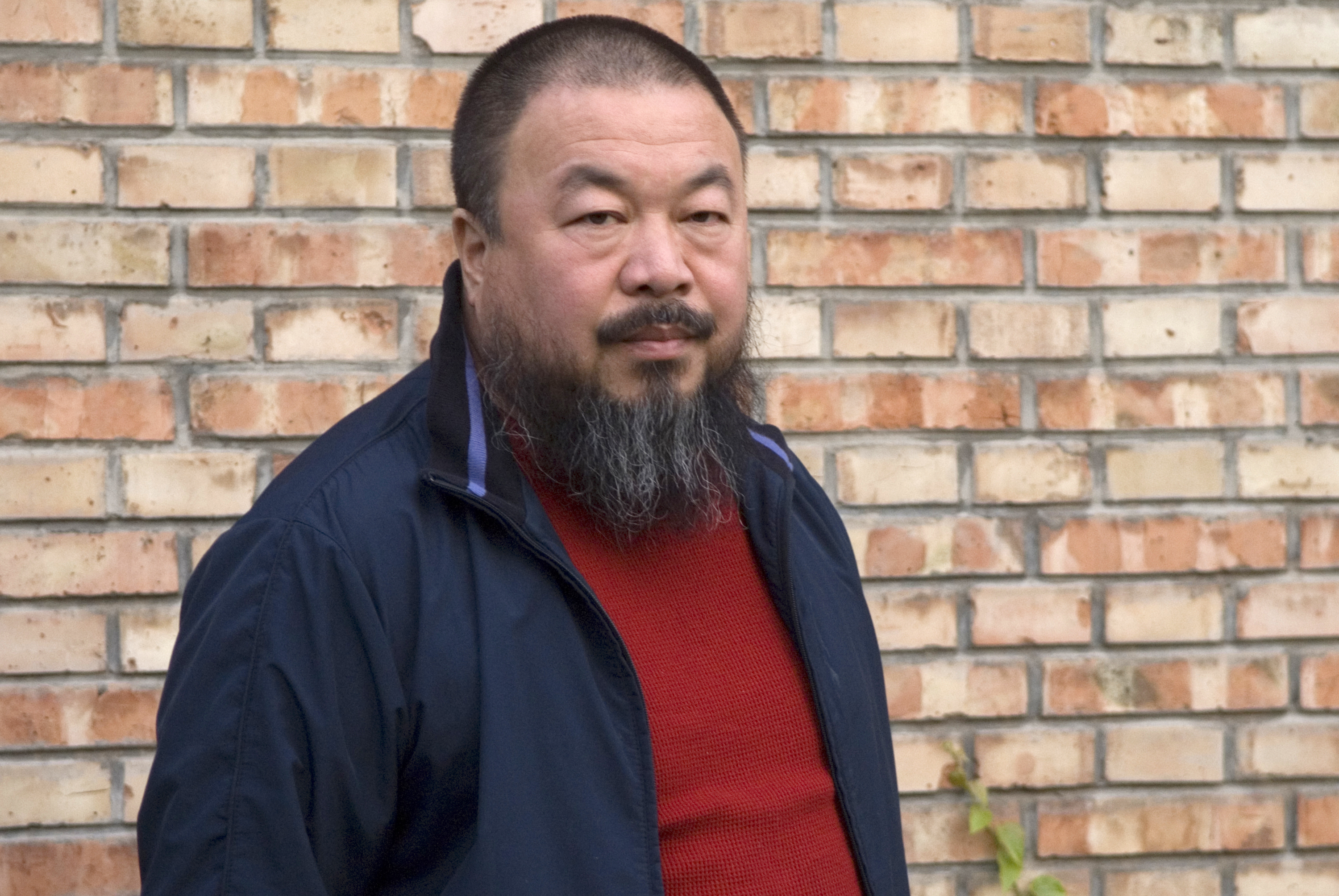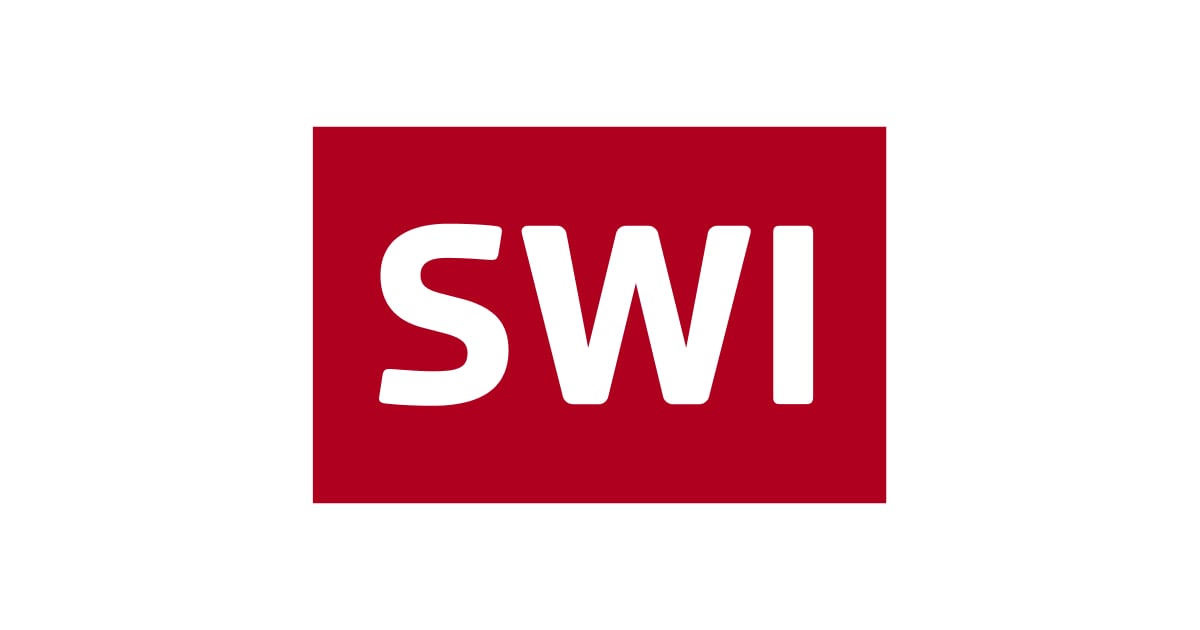Sigg collection goes to Hong Kong

The former Swiss ambassador to China, Uli Sigg, has bequeathed one of the world's pre-eminent collections of Chinese contemporary art to Hong Kong, a move local authorities hope will boost attempts to realise a world-class cultural hub.
Amassed over three decades by the 66-year-old businessman, this assemblage of some 1,500 works spans China’s recent decades of modernisation, and is conservatively estimated to be worth at least $163 million (SFr157 million).
In a surprise move after years of hard negotiations with several cities around the world, Sigg chose to donate the bulk of his unique collection to an as-yet-unbuilt Hong Kong visual culture museum, Museum Plus (M+).
Sigg said on Tuesday his decision was motivated by a desire to freely showcase what has been called an “encyclopaedic” collection of sometimes edgy and subversive artworks from 350 of China’s leading contemporary artists, including activist Ai Weiwei, in a city where freedom of expression is more fully enshrined than on mainland China where sensitive art is still heavily censored.
“My expectation is that these limitations (in China) do not exist in this way in Hong Kong,” said Sigg, who was also considering donating his works to mainland Chinese cities and others in Europe. “To me it’s very important that a Chinese public can ultimately get access to these works. (There are) still limitations that exist in mainland China for that.”
Under the deal, Sigg will donate most of his collection, while 47 pieces will be acquired by the M+ for HK$177 million (SFr21.94 million).
His works include those from China’s stable of increasingly prominent art luminaries Zhang Xiaogang, Wang Guangyi. On display at the announcement was a brusque wood carving by Wang Keping of a head with a chained neck and muzzled mouth from the 70s.
Historically significant
Emotional Hong Kong art administrators and leaders praised Sigg’s “historically” significant art bequest, that would boost what has been a long-delayed and troubled dream to realise a leafy, 40-hectare cluster of modernist buildings, museums and theatres on the edge of Victoria harbour.
“It will enable us to strengthen our position as the cultural hub in Asia,” said Stephen Lam, Hong Kong’s chief secretary and number two official.
Long known as one of the world’s most capitalist financial hubs on the south China coast, the former British colony has struggled to evolve a more vibrant and diversified arts scene to match its self-proclaimed stature as Asia’s world city.
But as other major regions in Asia compete fiercely for higher-end cultural and arts based tourism including China, South Korea, Japan, Taiwan and Singapore, Sigg’s endowment could help galvanise Hong Kong’s current strengths which include a major art fair, as well as its booming art and wine auction markets, buoyed by a wave of mainland Chinese millionaires.
One major problem for Hong Kong, before Sigg’s gift, had been a struggle to find quality artwork to fill the proposed cluster of museums, exhibitions and performance venues, particularly given the rapidly rising cost of Chinese artwork.
“It would be impossible to now build a collection similar in depth, scope and quality,” said Lars Nittve, a former Tate Modern director now spearheading the M+ project who sees it becoming the next Guggenheim Bilbao or Tate Modern; a “game-changing” art space with global appeal.
An architectural design competition for M+ is slated later this year with the art space expected to open in 2017. Hong Kong authorities have approved HK$21.6 billion in endowments for the West Kowloon Cultural District with a vision of making Hong Kong “an integrated arts and cultural district with world-class arts and cultural facilities”.
Uli Sigg, born in 1946, studied law at Zurich University and then worked as journalist and editor for various Swiss newspapers and magazines.
In 1980 he established the first joint venture between China and the West and remained its vice-chairman for ten years. He then served on the boards of a number of global companies until 1995, when the Swiss federal government appointed him for four years ambassador to China, North Korea and Mongolia.
He also established in 1997 the Chinese Contemporary Art Award, for Chinese contemporary artists living in China.
He is a member of the International Council of New York MOMA and the International Advisory Council of the Tate Gallery, London.

In compliance with the JTI standards
More: SWI swissinfo.ch certified by the Journalism Trust Initiative













You can find an overview of ongoing debates with our journalists here . Please join us!
If you want to start a conversation about a topic raised in this article or want to report factual errors, email us at english@swissinfo.ch.